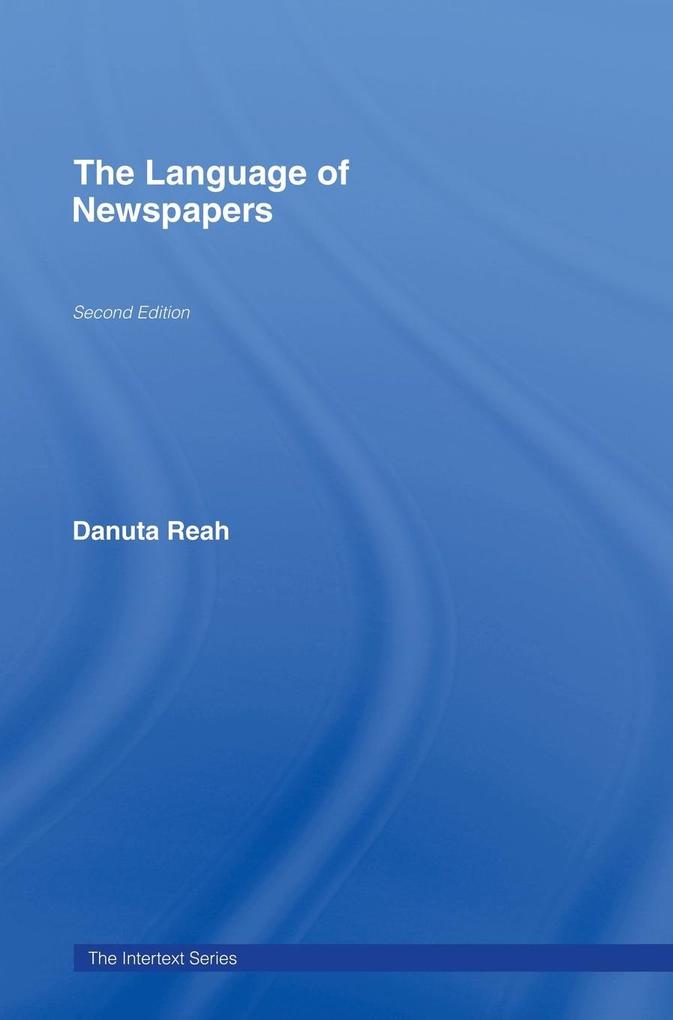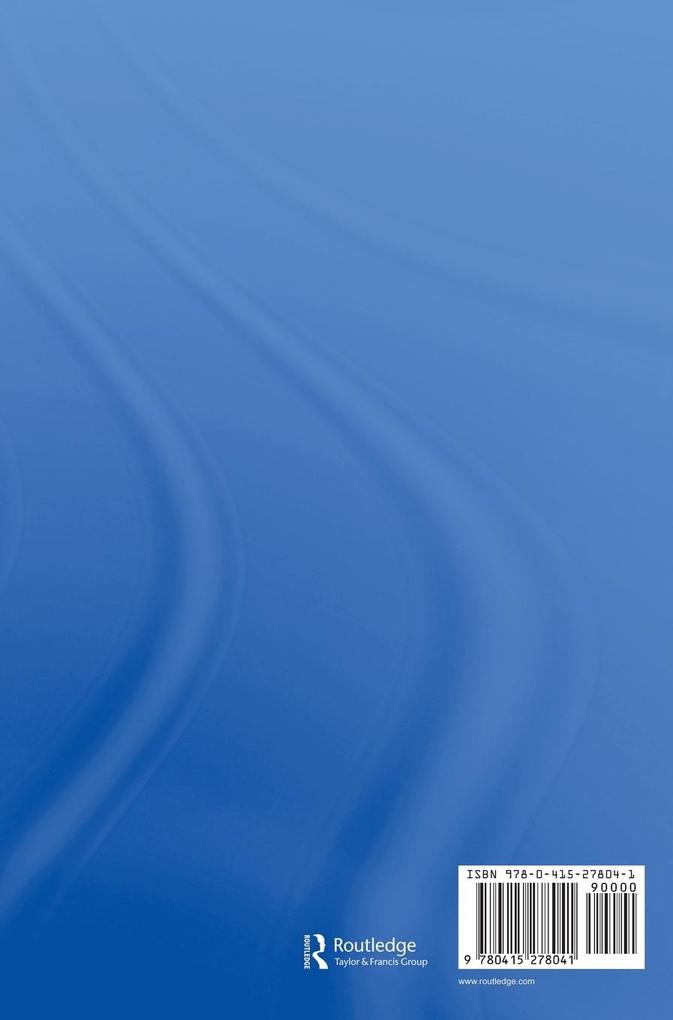From the ideological bias of the press, to the role of headlines in newspaper articles and ways in which newspapers relate to their audience, the book provides a comprehensive analysis of newspaper language.
Inhaltsverzeichnis
Unit one: Introduction; What is a newspaper? ; What is news? ; Do newspapers contain news? ; Who owns the press? ; Who pays for newspapers? ; Should newspapers be impartial? ; Unit two: Headlines; What is a headline? ; What are headlines for? ; The language of headlines; Putting words in: what the headline writer includes; Taking words out: what the headline writer omits; Shaking it all about: how the headline writer reorganises language ; Graphological features of headlines; Headlines as information; Headlines as opinion manipulators; Unit three: Audience; Who reads the papers? How newspapers identify their audience; The identity of the reader; The role of the audience; Editorialising; Unit four: Representation of groups: words, words, words; Linguistic determinism; What's in a name? ; Naming of groups; Representations of women; Ethnic group; Unit five: Making Monsters: syntax; Making monsters: Mary Bell, Jon Venables and Robert Thompson; Deleting the actor; Mary Bell; Facts and possibilities; Deleting the action; Modality; Unit six: Discourse; The barbarian at the gates: Britain under siege; Identifying patterns in text; Lexical cohesion; Grammatical cohesion; Pragmatics: language in context; Presupposition; Implicature.















